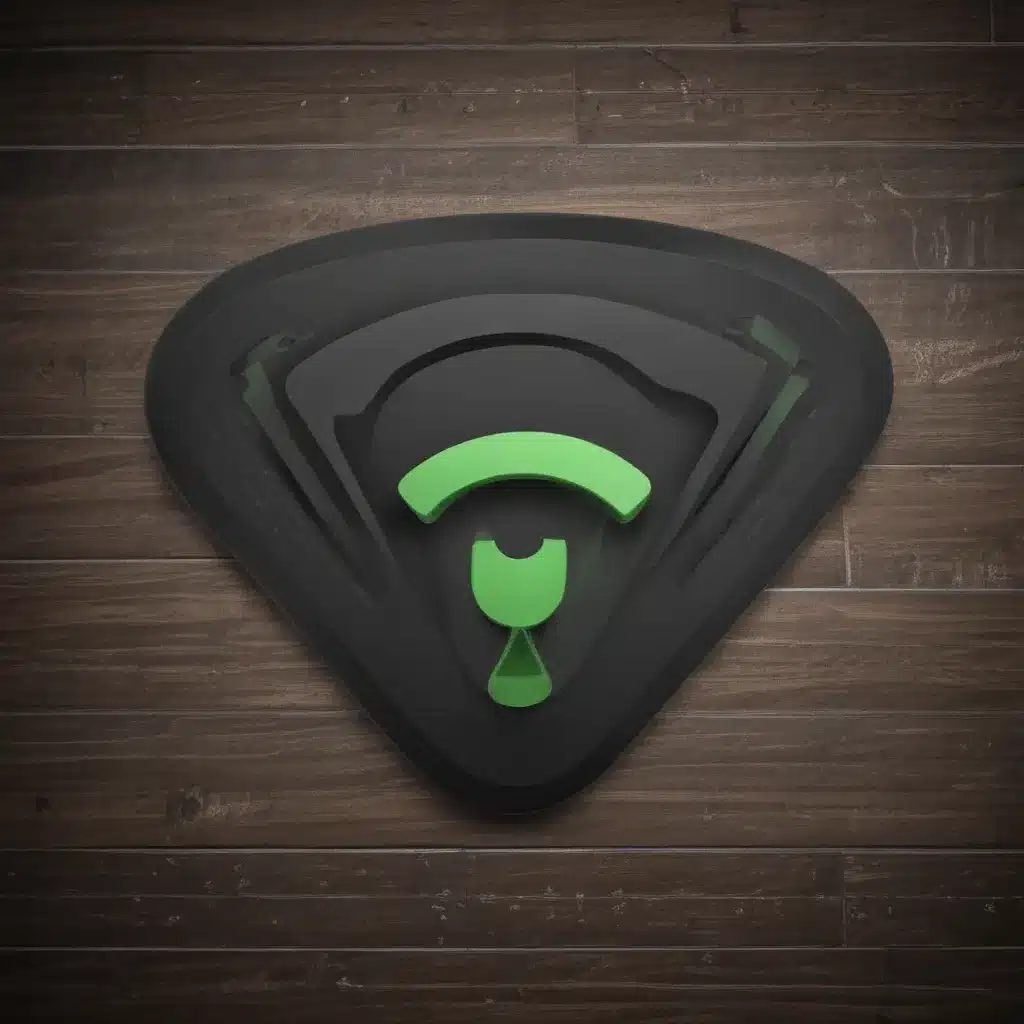In today’s digital age, our lives revolve around the internet. From browsing social media to managing our finances, we rely on our devices and wireless connections to keep us connected. But with this convenience comes a serious risk – the potential for identity theft.
Imagine this scenario: You’re sitting in a cozy cafe, sipping your favorite latte and catching up on work. You log onto the free public WiFi, unaware that a hacker is lurking nearby, eagerly waiting to pounce on your unsuspecting device. Before you know it, they’ve gained access to your personal information, your banking details, and even your entire digital identity. It’s a nightmare that no one wants to experience, but the sad truth is, it happens more often than you might think.
Encrypt Your Network for Maximum Protection
The good news is that there are steps you can take to safeguard your identity and protect your data from prying eyes. The first and most crucial step is to encrypt your home WiFi network. [1] Encryption scrambles the information being transmitted, making it virtually impossible for anyone to intercept and decode your activities.
To encrypt your network, you’ll need to update your router settings to either WPA3 Personal or WPA2 Personal. [1] WPA3 is the newest and most secure encryption standard, but both will work to keep your information safe. If your router only offers older, less secure options like WPA or WEP, it’s time to consider upgrading to a newer model. [1]
Change Those Default Settings
Another important step in securing your WiFi network is to change the default settings. [1] That means updating the administrative username and password, as well as the network name (also known as the SSID). Avoid using anything obvious, like your address or the router manufacturer’s name. Instead, choose something unique and difficult to guess.
While you’re at it, make sure to turn off any remote management, WiFi Protected Setup (WPS), or Universal Plug and Play (UPnP) features. [1] These can be convenient, but they also open up vulnerabilities in your network security.
Set Up a Guest Network for Visitors
Allowing guests to use your WiFi network can be a tricky situation. On one hand, you want to be a gracious host, but on the other, you don’t want to risk exposing your personal information. The solution? Set up a dedicated guest network. [1]
Most modern routers come with this feature, which gives your guests access to the internet without granting them access to your primary network and devices. It’s a simple way to keep your identity and data safe while still being hospitable.
Keep Your Router Updated and Secure
Maintaining the security of your WiFi network is an ongoing process, not a one-time task. [1] Make sure to regularly check your router manufacturer’s website for the latest software updates. These updates often include security patches that can help protect your network from newly discovered vulnerabilities.
Additionally, be sure to log out of your router’s administrative settings once you’re done making changes. [1] If you leave the admin account logged in, a hacker could potentially gain access and wreak havoc on your network.
Safeguard Your Devices Too
While securing your WiFi network is a crucial step, it’s not the only thing you need to worry about. Your devices themselves can also be vulnerable to hacking, especially if they’re not properly protected. [2]
Make sure to keep your operating systems and software up-to-date, and consider using a virtual private network (VPN) when connecting to public WiFi hotspots. [4] A VPN creates an encrypted tunnel between your device and the internet, making it much harder for anyone to intercept your data.
Vigilance is the Key to Protecting Your Identity
Securing your WiFi network is just one piece of the puzzle when it comes to safeguarding your identity. [3] It’s important to stay vigilant and proactive in your online security efforts, whether you’re at home or on the go.
Remember, identity theft can have devastating consequences, from fraudulent charges on your credit card to the nightmare of rebuilding your credit. [5] By taking the time to properly secure your WiFi network and your devices, you’re taking a significant step towards protecting your digital self and keeping your identity safe.
So, the next time you log onto your home WiFi, take a moment to think about the steps you’ve taken to keep your information secure. And if you haven’t already, make securing your network a top priority. Your future self will thank you.
[1] https://consumer.ftc.gov/articles/how-secure-your-home-wi-fi-network
[2] https://www.centralbank.net/personal/security/how-to-protect-yourself/wi-fi-security/
[3] https://consumer.ftc.gov/articles/protect-your-personal-information-and-data
[4] https://community.cloudflare.com/t/cloudflare-checking-if-the-site-connection-is-secure/419107
[5] https://www.ftc.gov/business-guidance/resources/protecting-personal-information-guide-business













